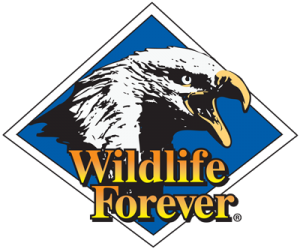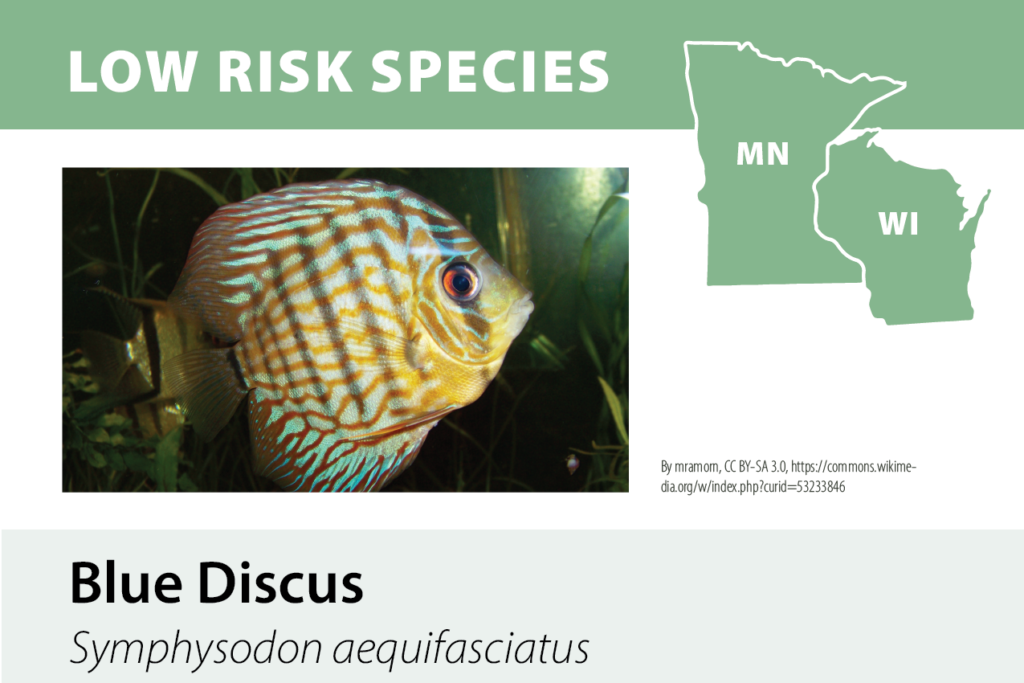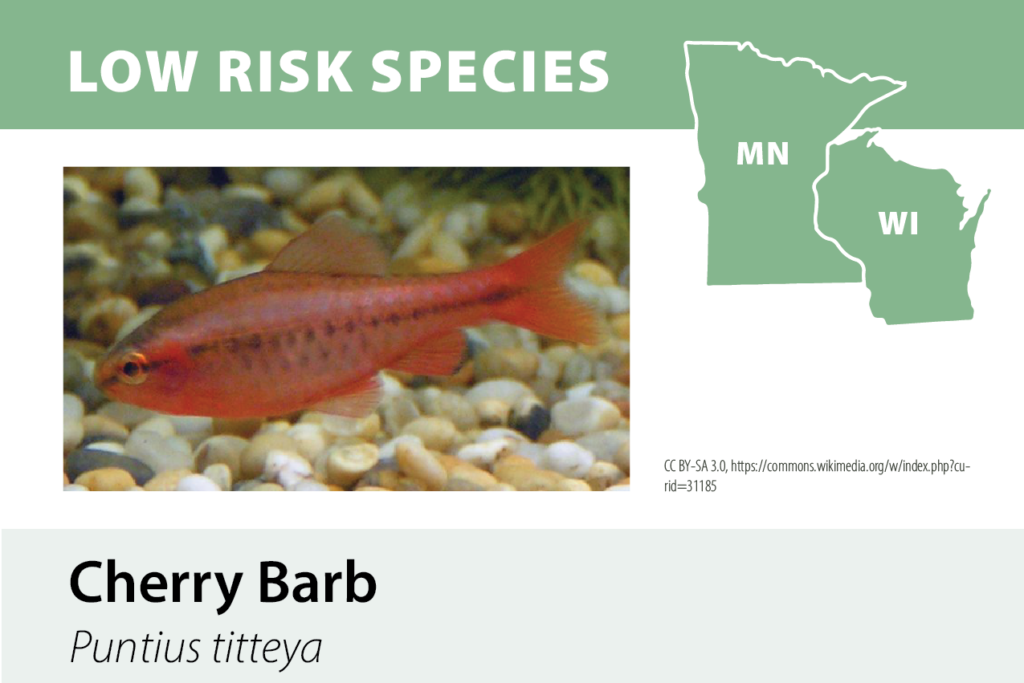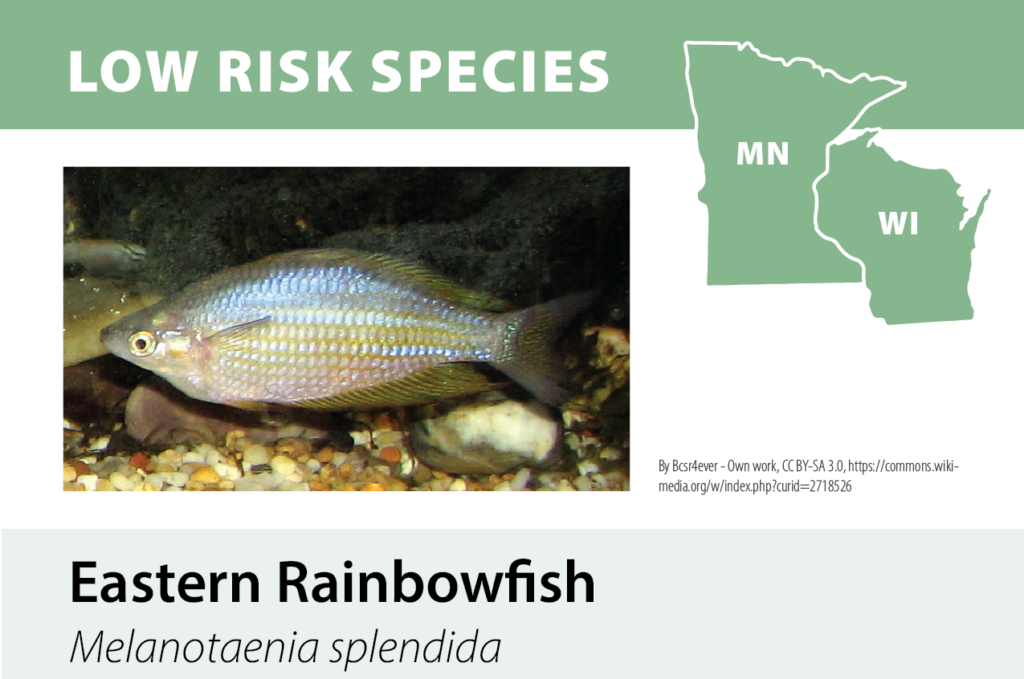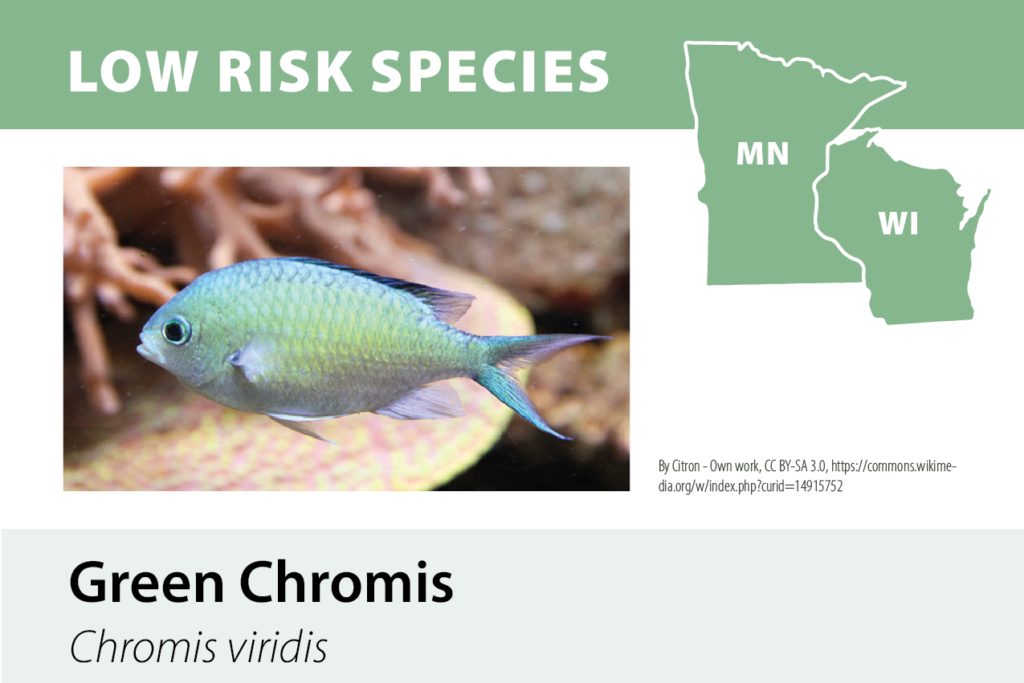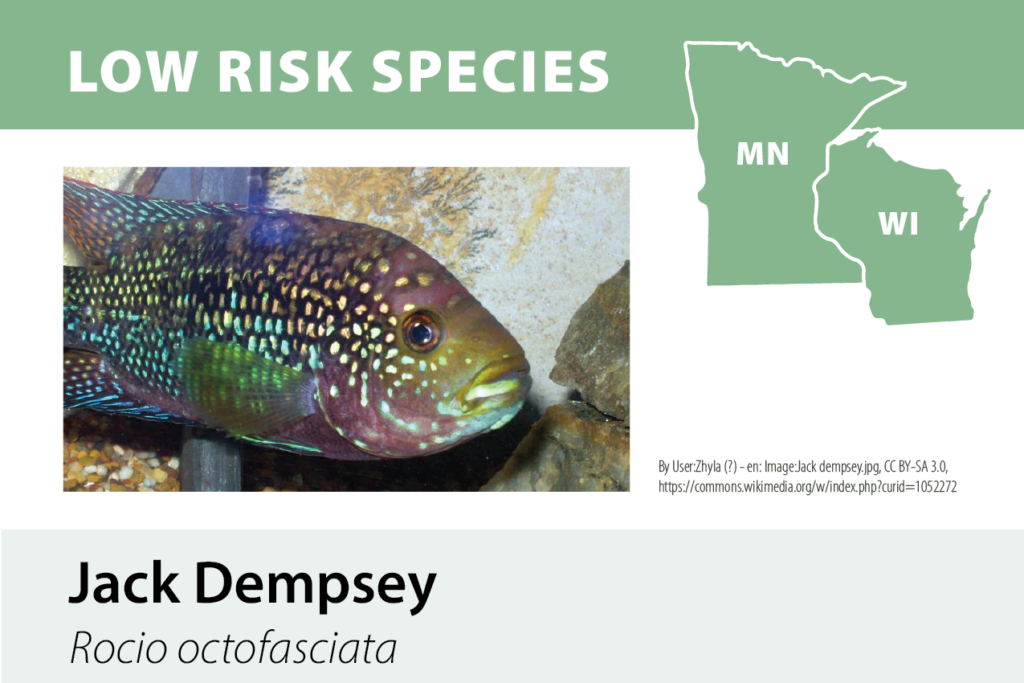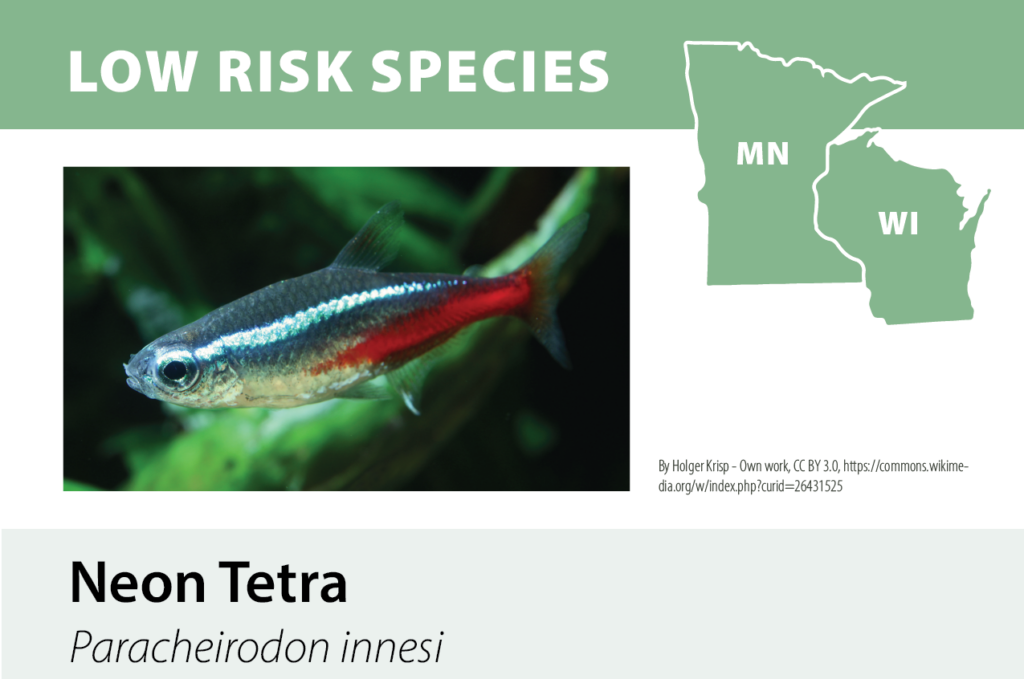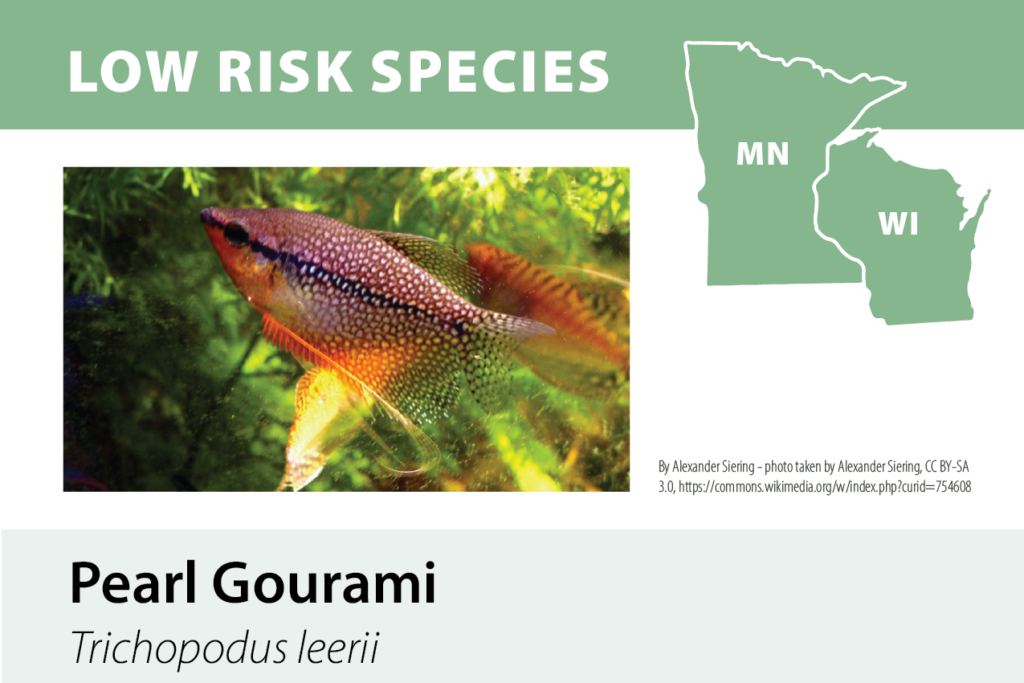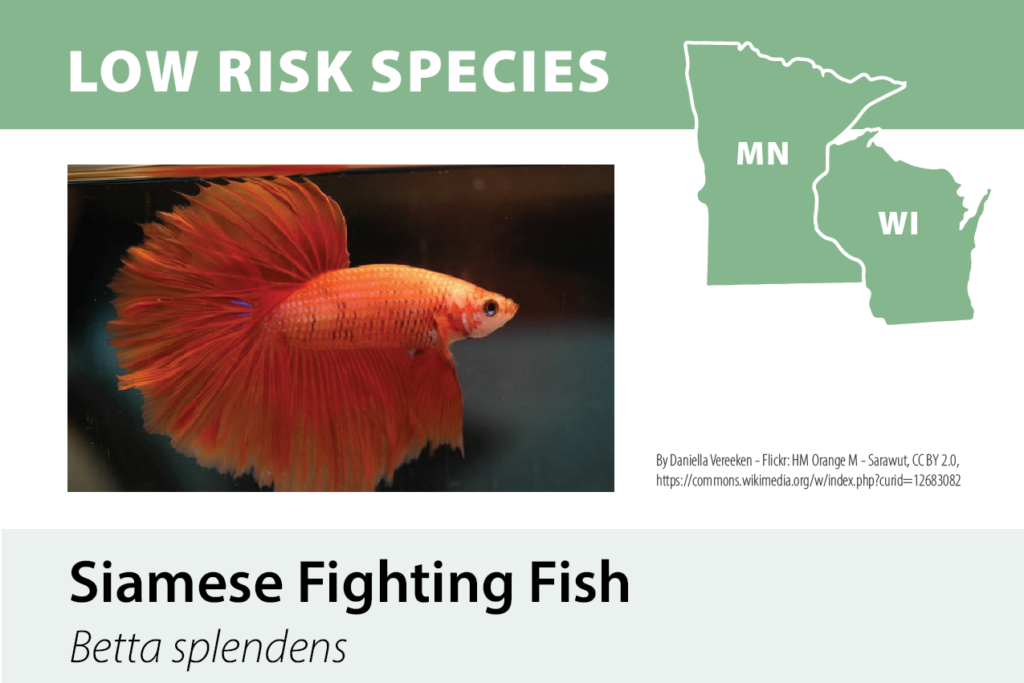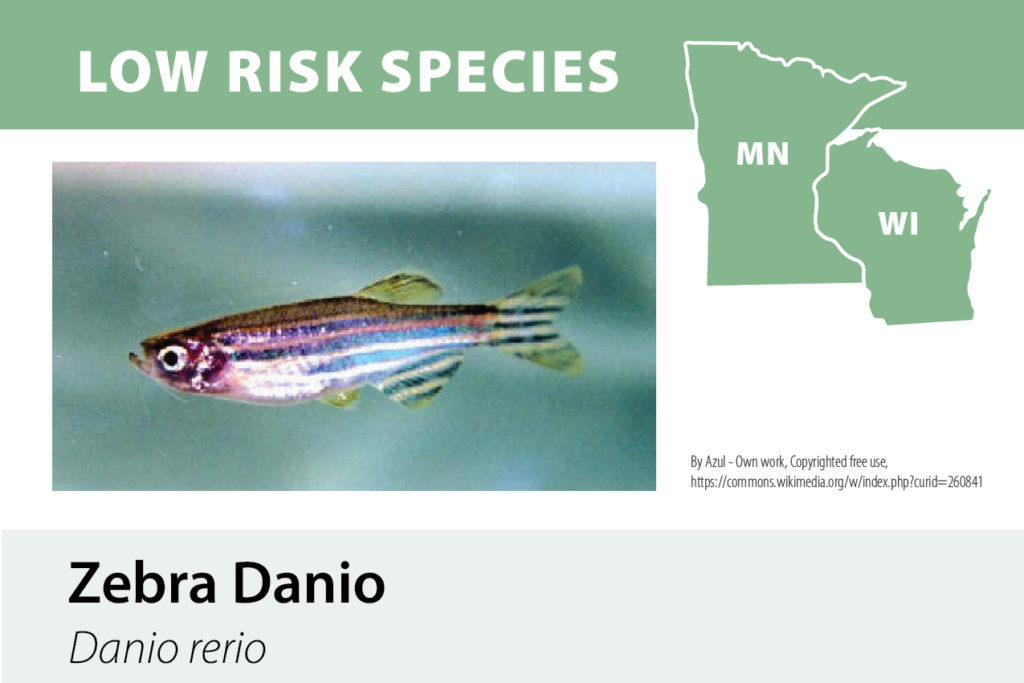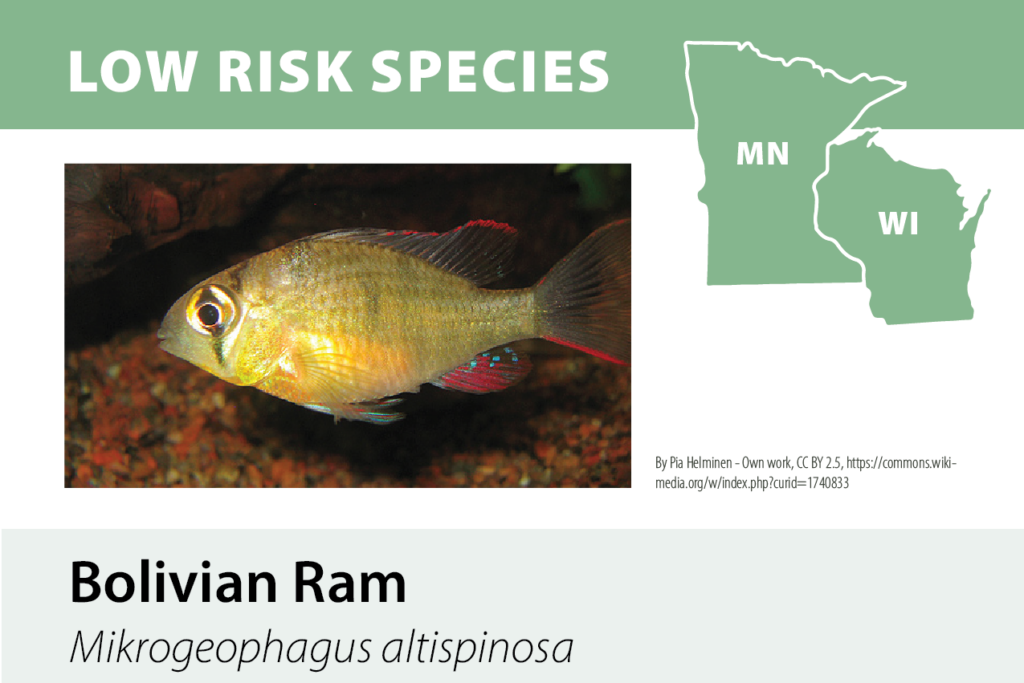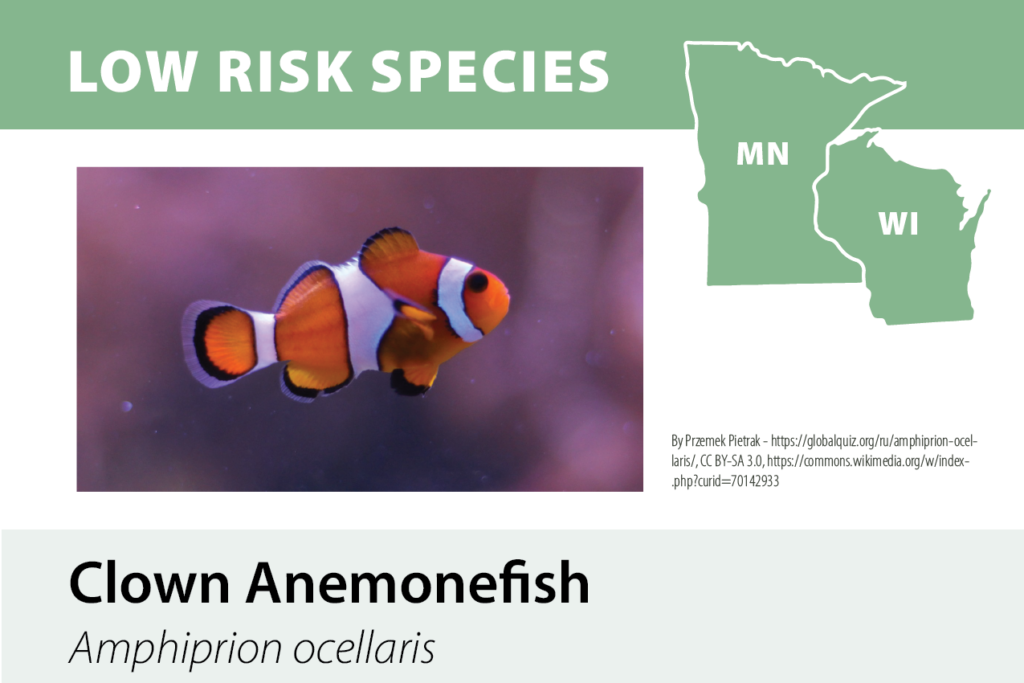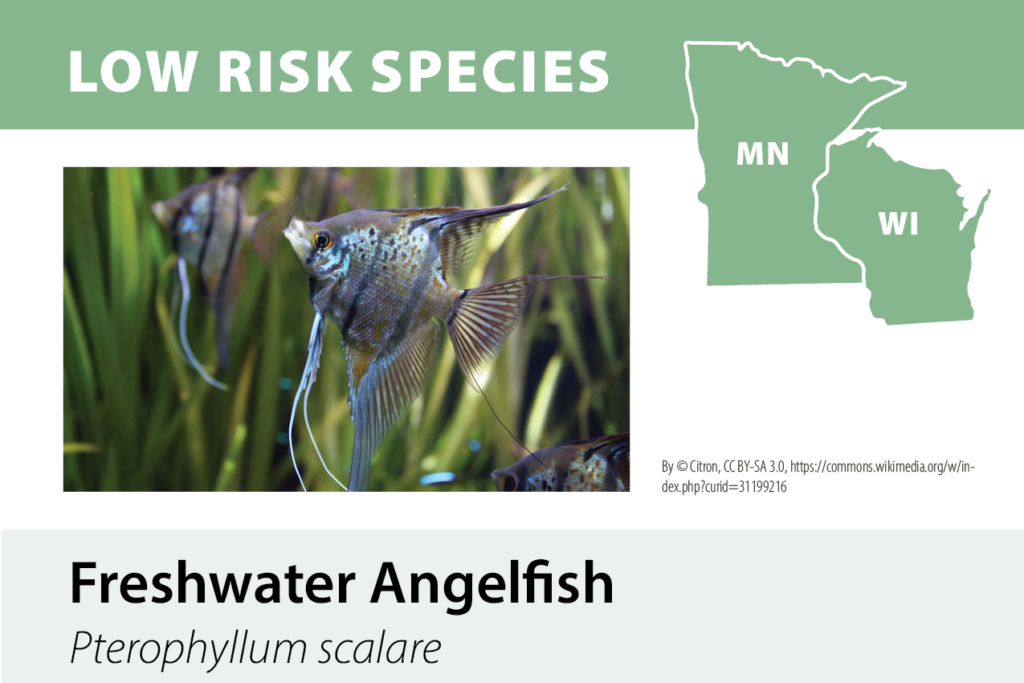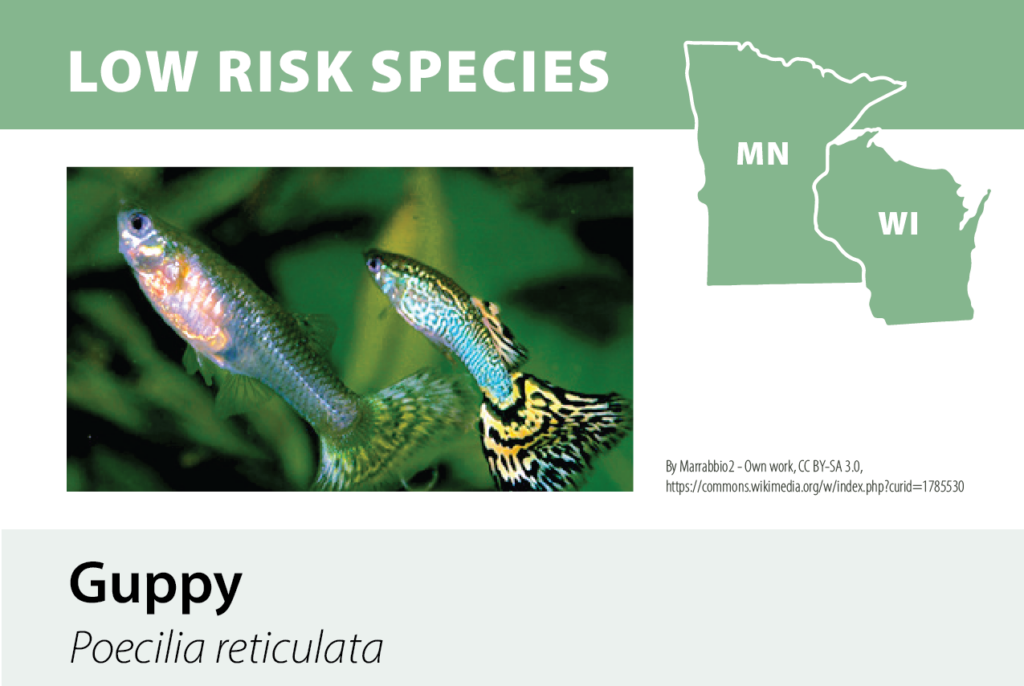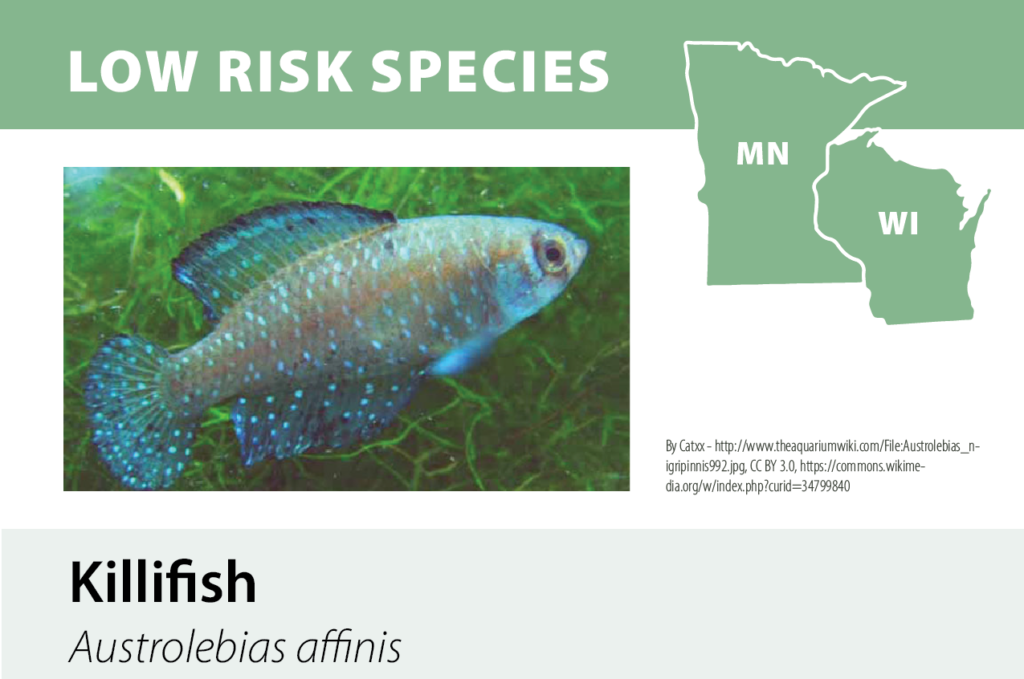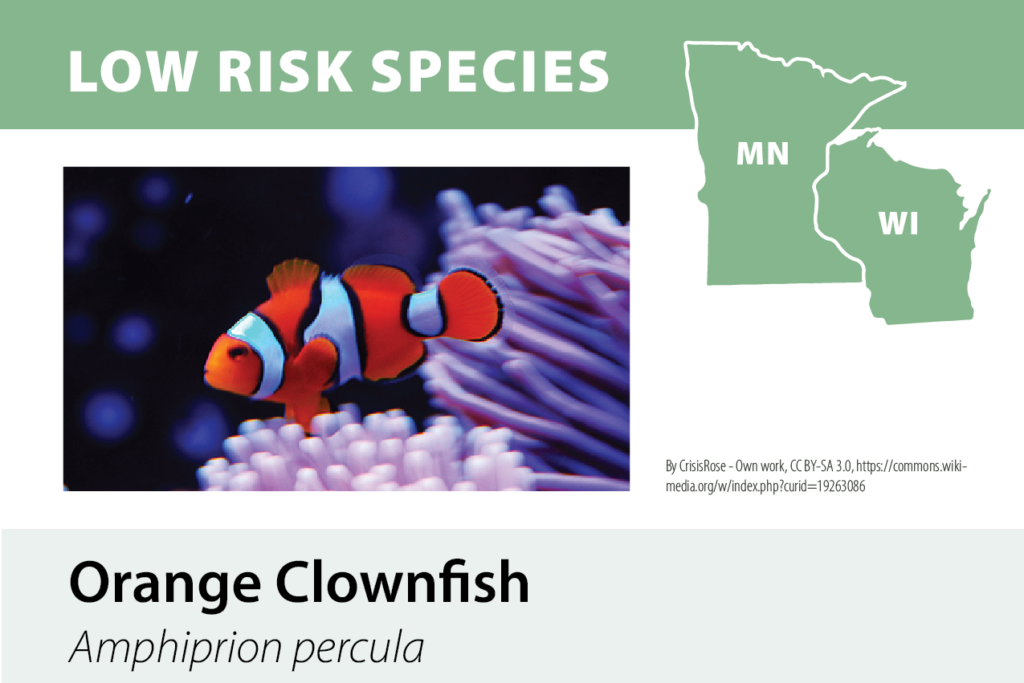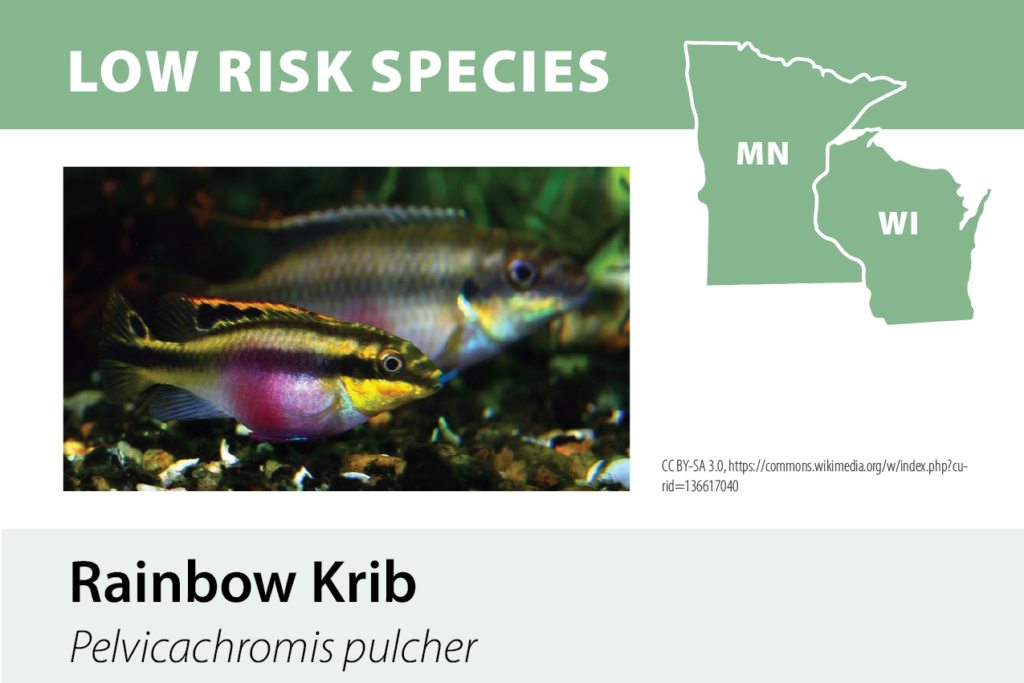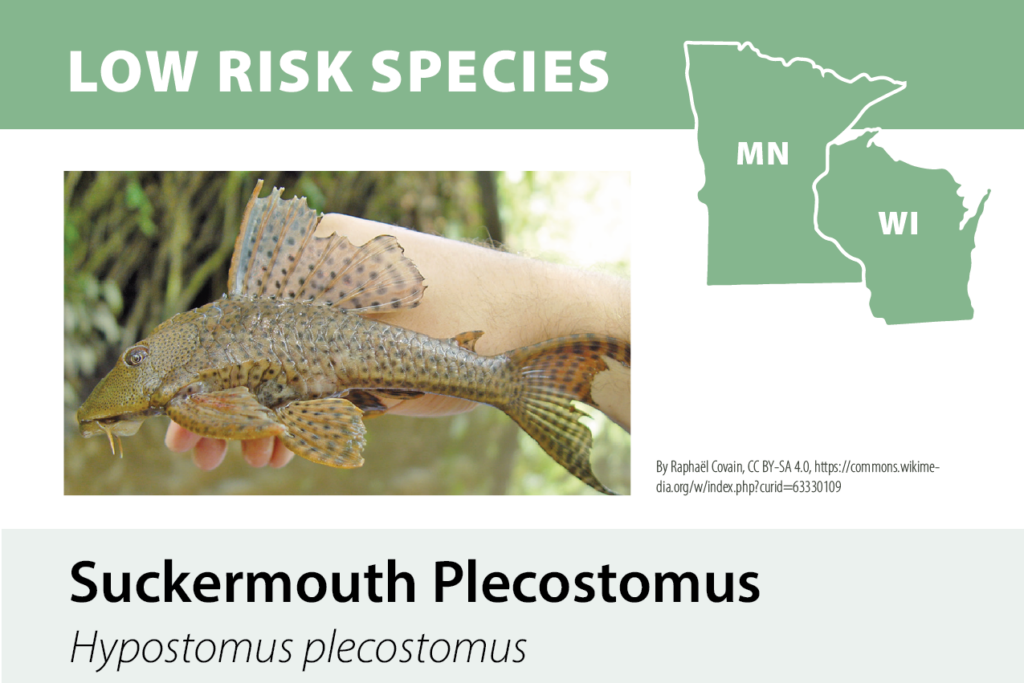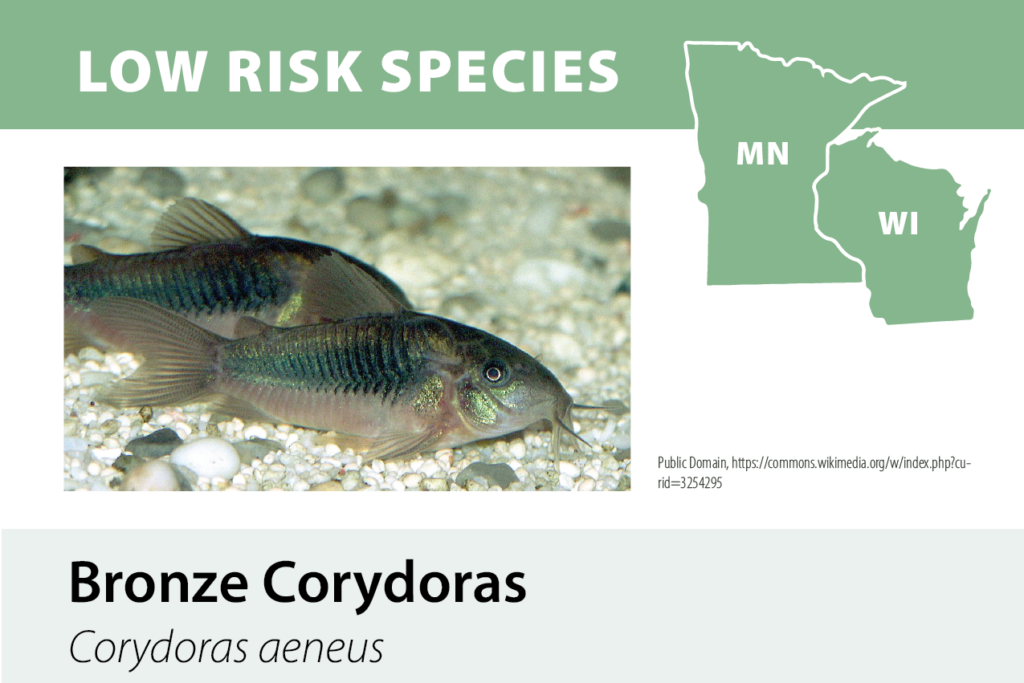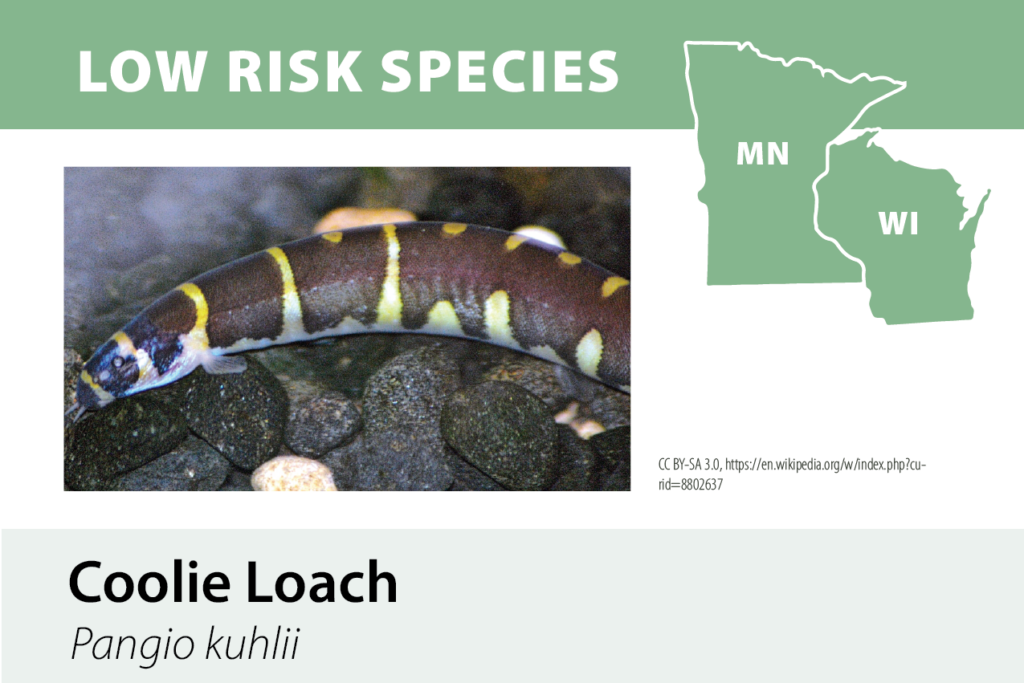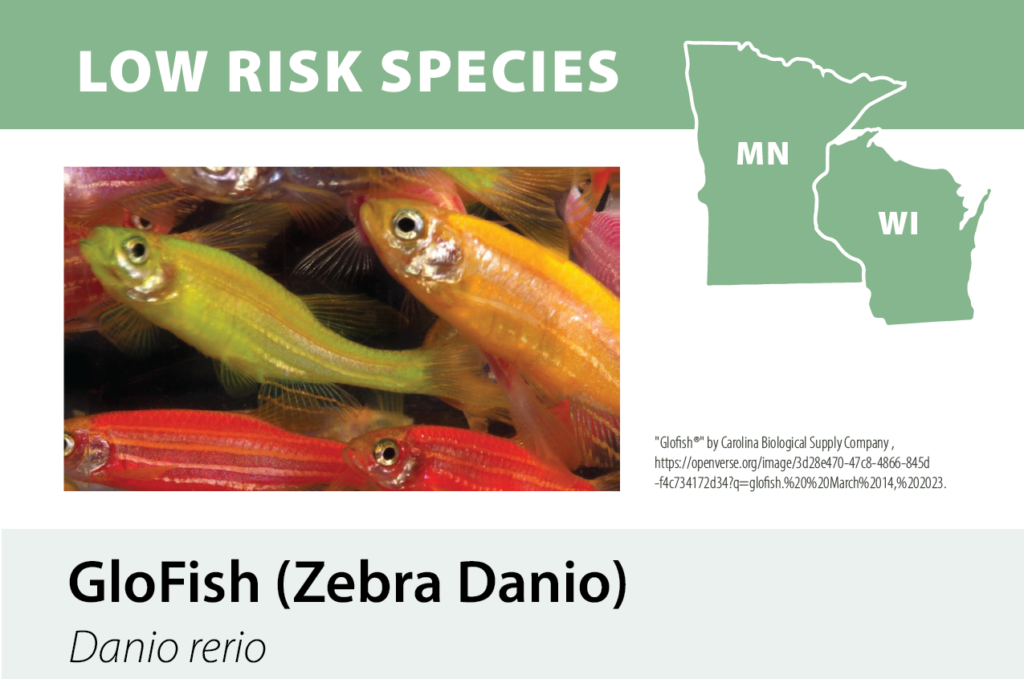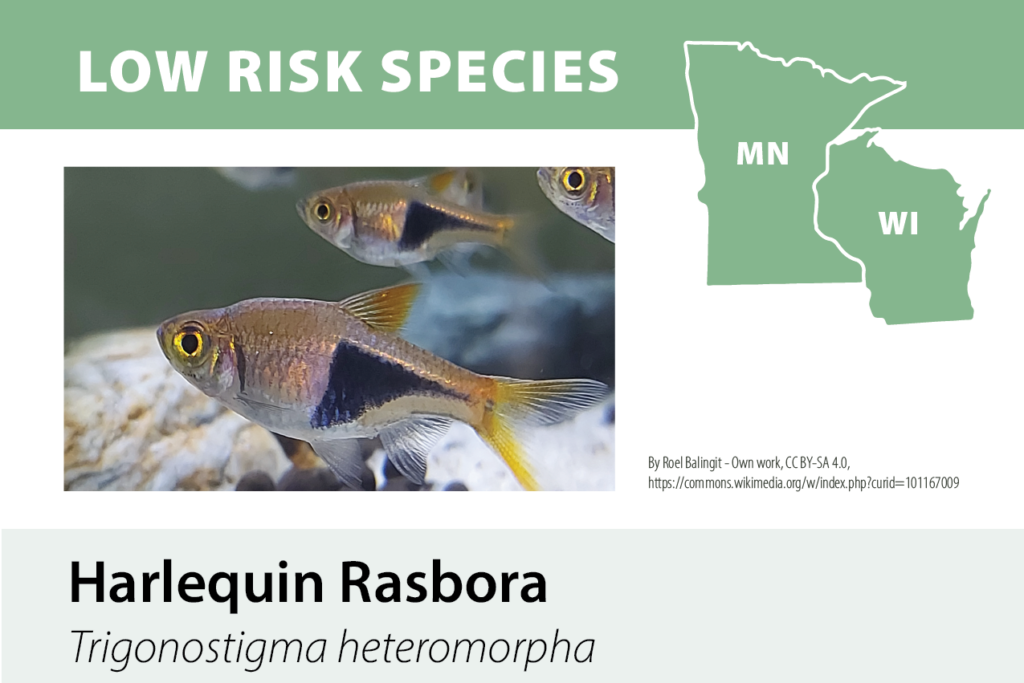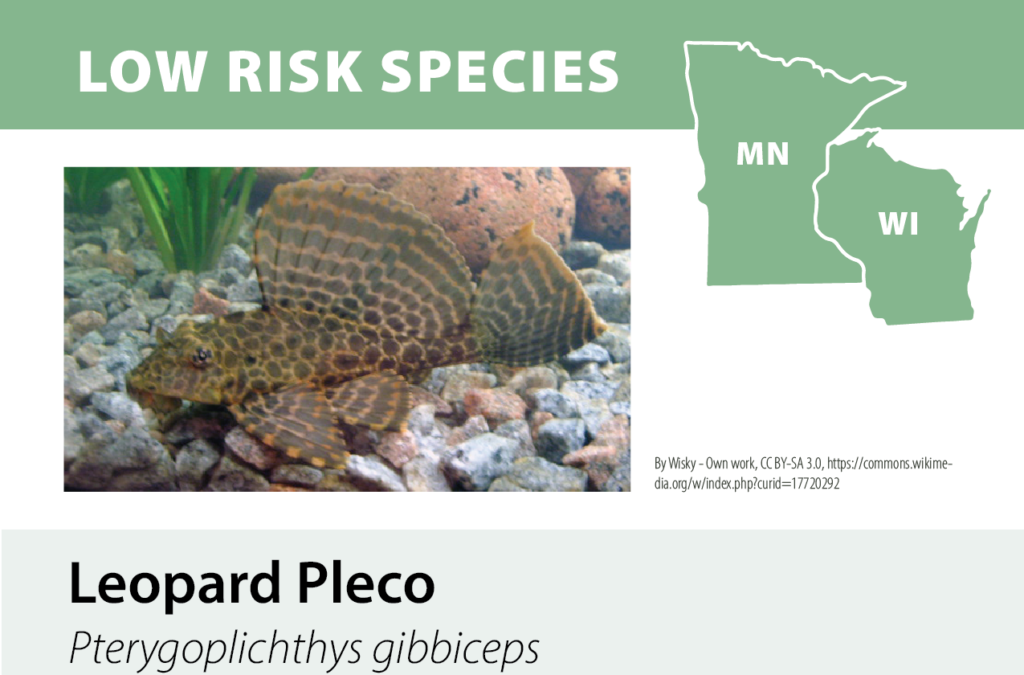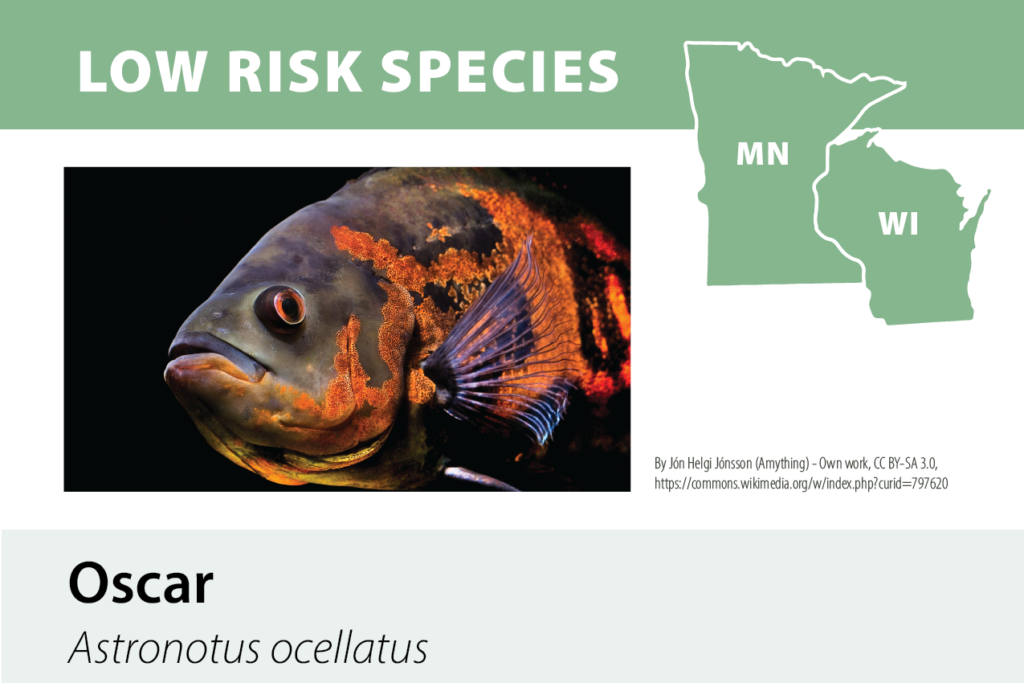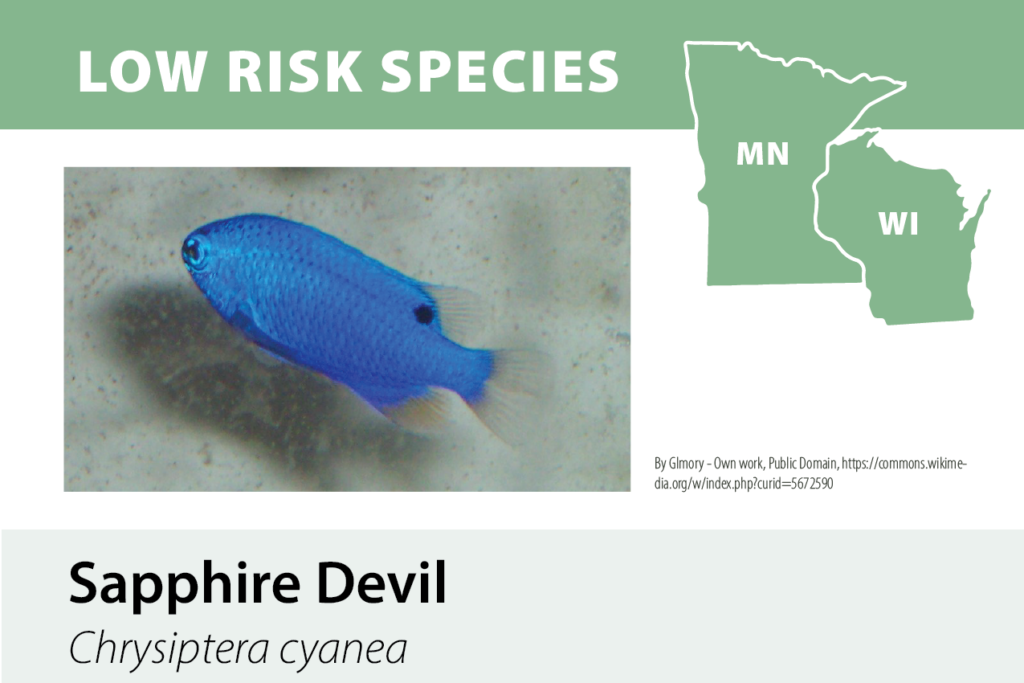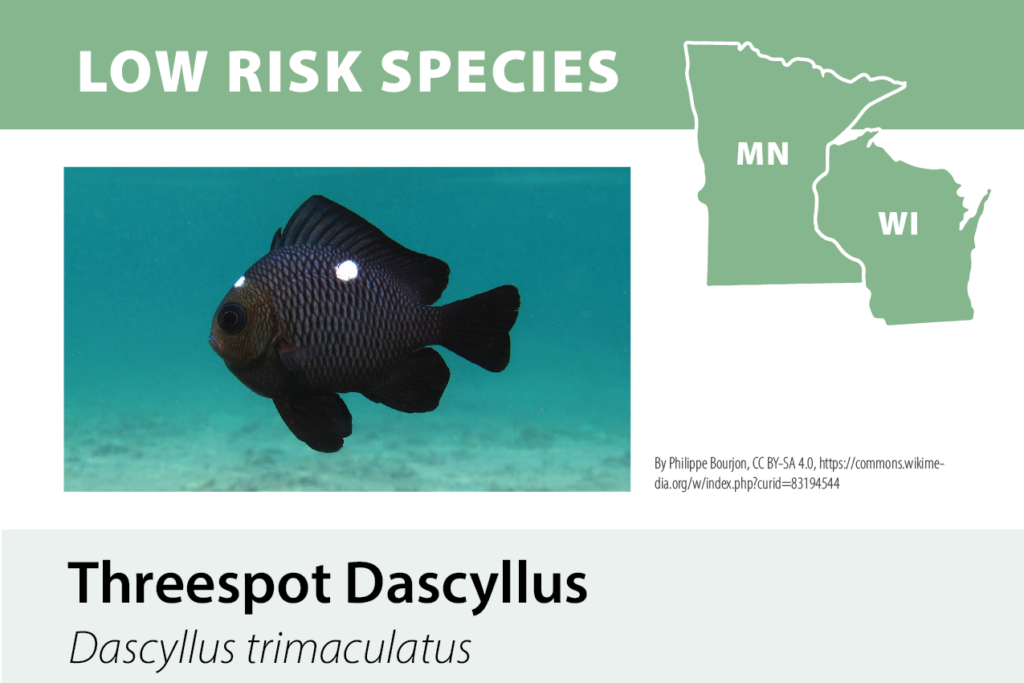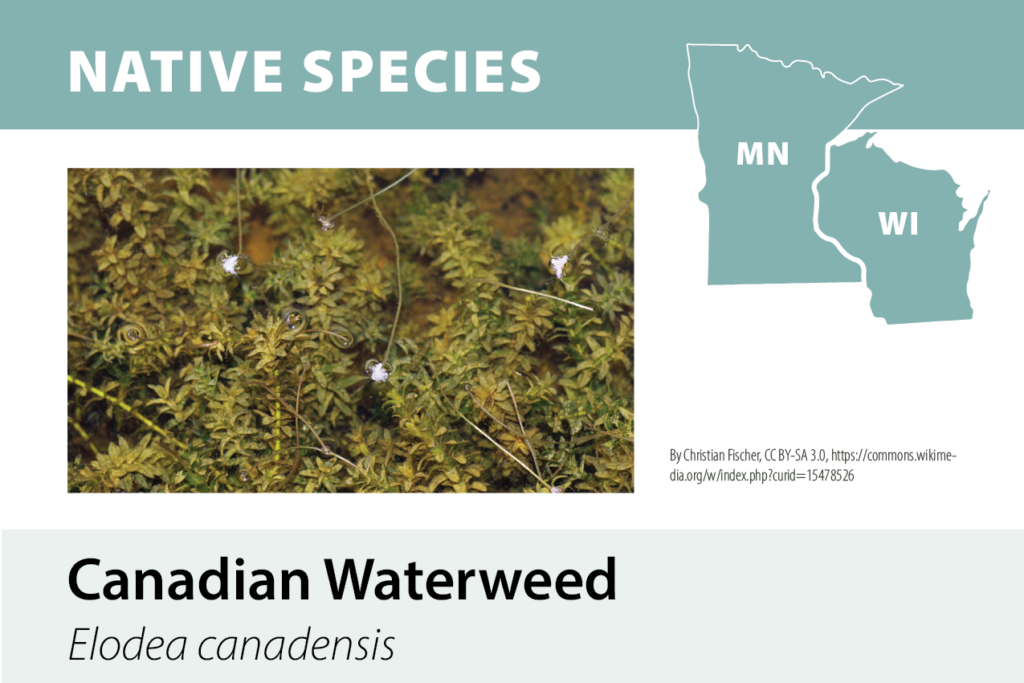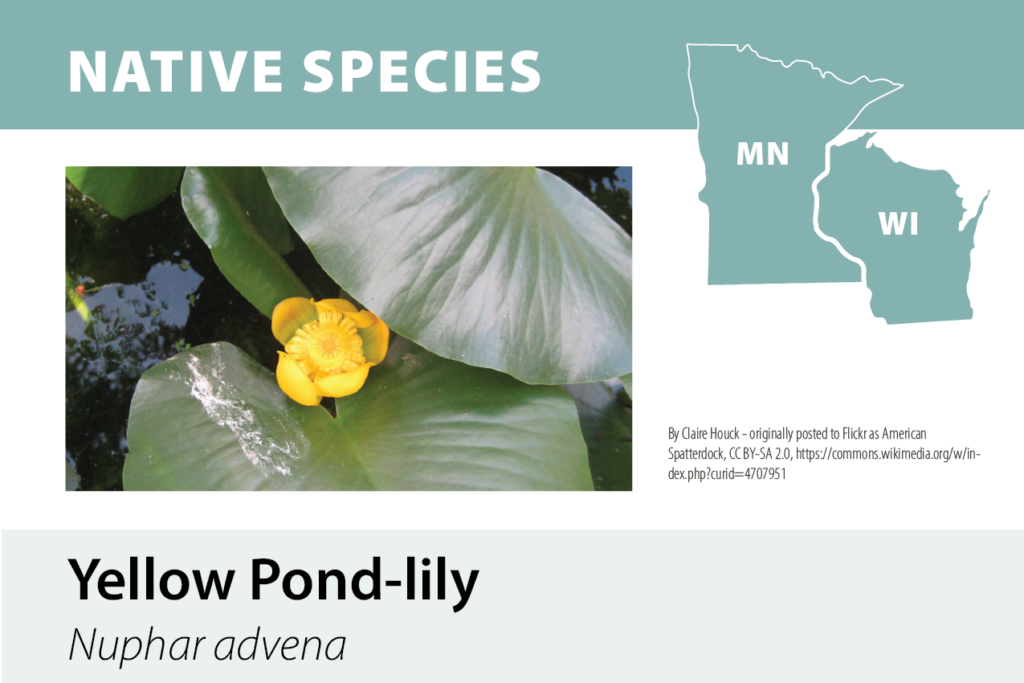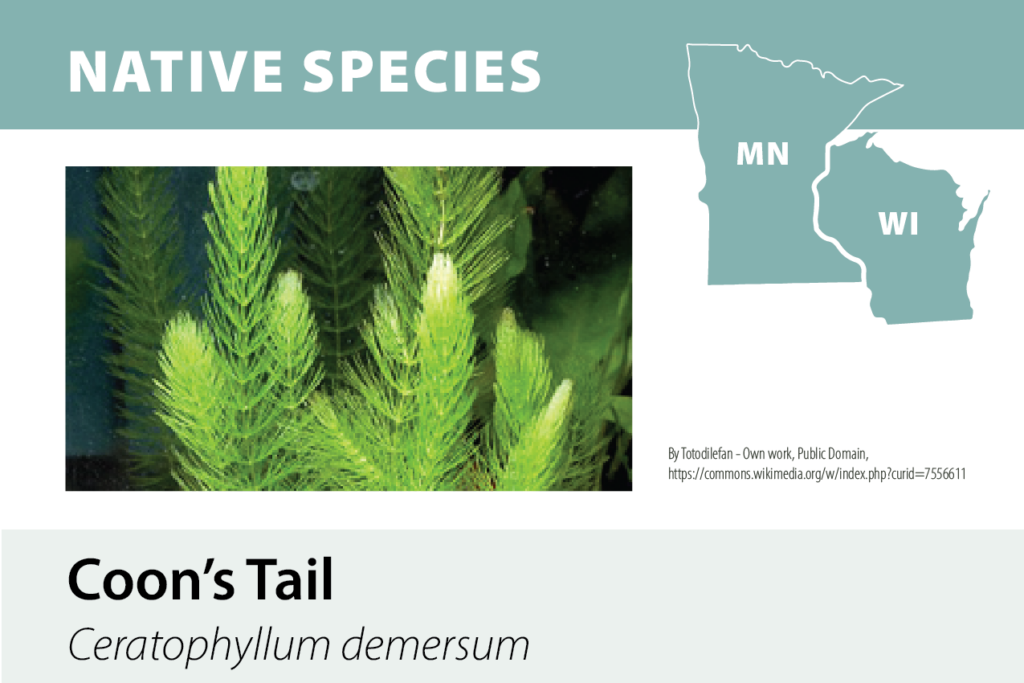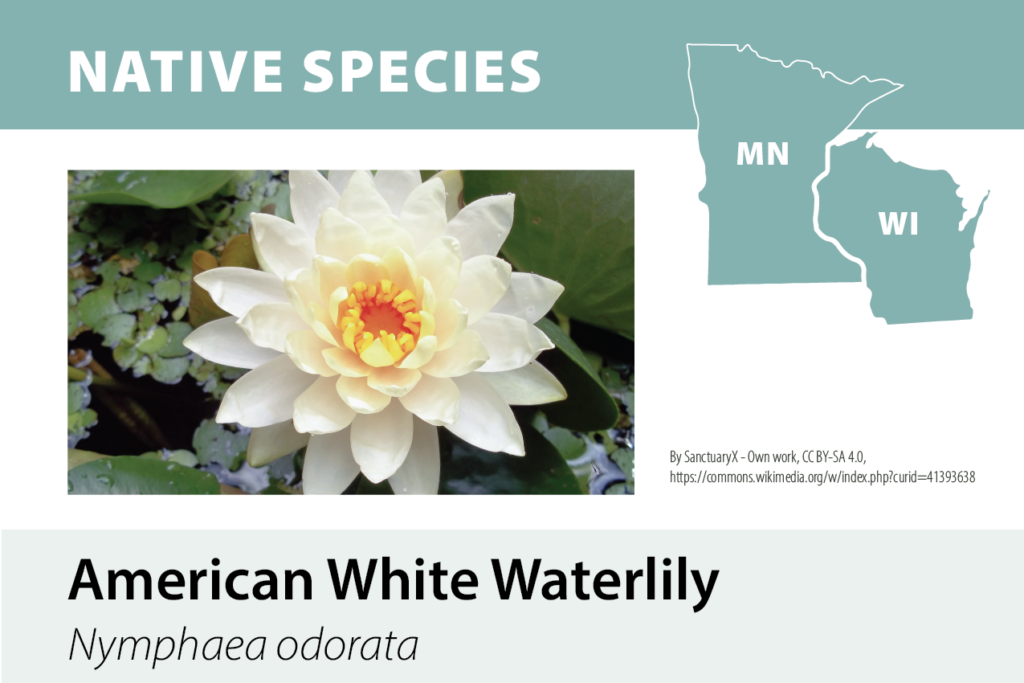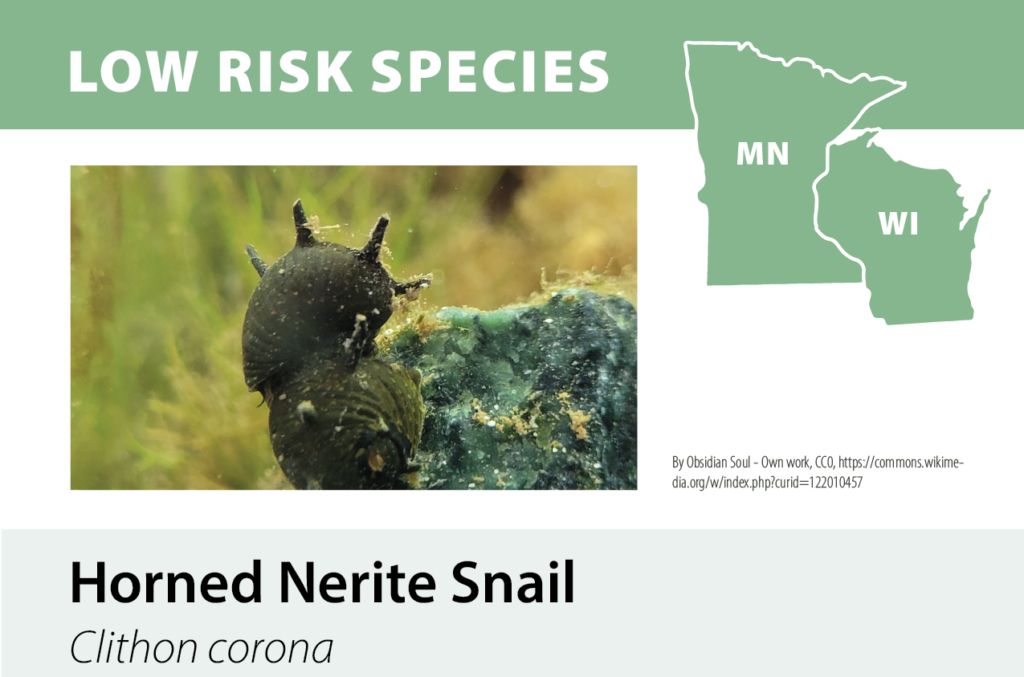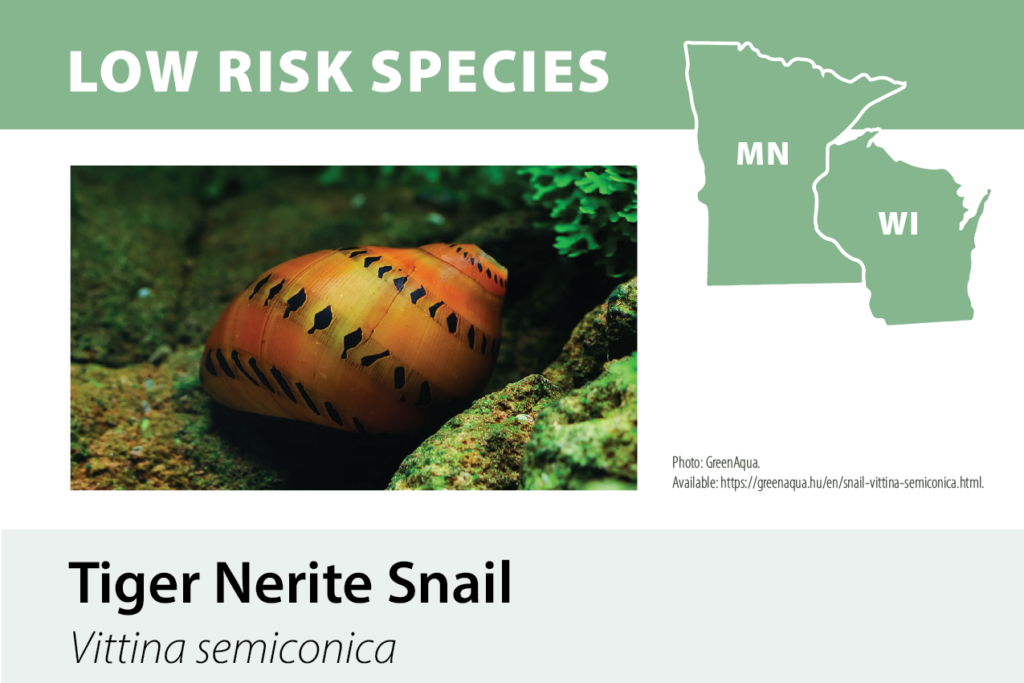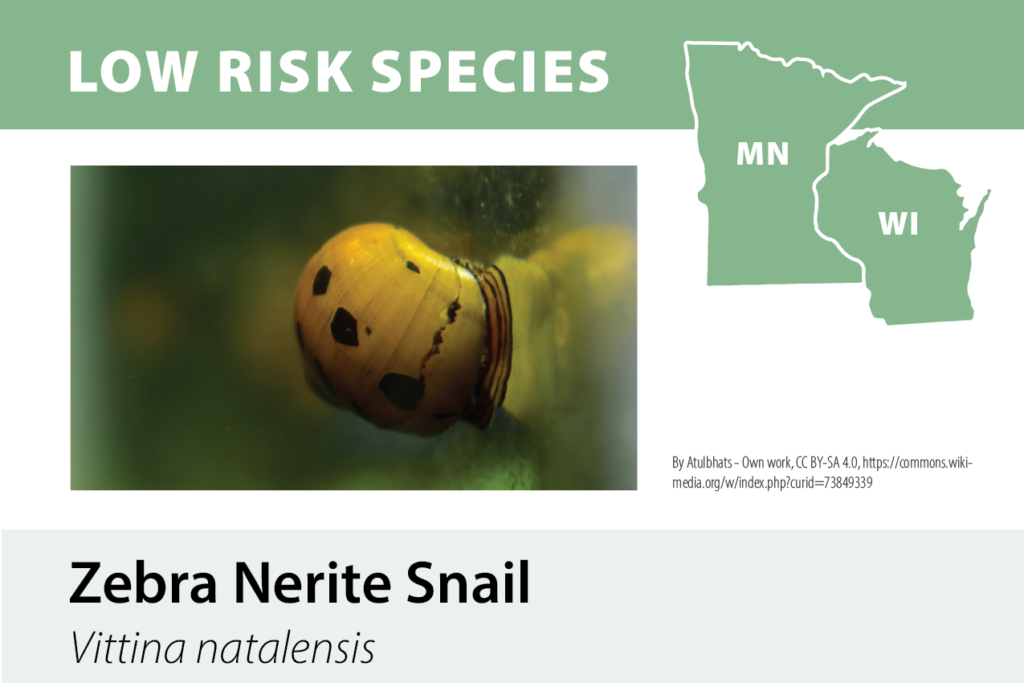Introducing a Comprehensive Rating System for Organisms in Trade
When considering the purchase and ownership of aquatic pets and organisms, it is crucial to exercise care. Releasing organisms into the wild can result in significant harm to the environment. The Organisms in Trade (OIT) Labeling System has been developed to assist consumers in making informed choices for both their pets and the ecosystem. Whether stocking an aquarium, pond, or outdoor garden, it’s important to be mindful of the risk posed by invasive species, an issue that costs the United States more than $20 billion annually.
Through a collaborative effort involving leading scientists, state agencies, and the pet trade industry, educational product labels have been created. These labels provide information on habitat, climate, and invasive risk levels, offering guidance in the event that the organism is released.
Here’s how it works:
The 32 labels listed below showcase organisms that have been evaluated and found to have a low risk of invasiveness in Minnesota and Wisconsin. Opting for a species with a “Low Risk” rating indicates that it is unlikely to become invasive and disrupt the local environment.
Does this mean it’s acceptable to release pets or plants if unwanted?
No! It is illegal in most states to introduce non-native aquatic plants and animals into state waters. Despite the low risk identified for the organisms on this list in Minnesota and Wisconsin, there are still potential risks if they are released. Even low-risk species can interfere with native biodiversity and may carry diseases and parasites.
Consider these alternatives instead:
- Contact the store where the organism was purchased for advice on return or rehoming.
- Give or trade with a local hobbyist.
- Donate to a local school.
- Dispose of aquatic plants in sealed plastic bags in the trash.
- Contact a veterinarian for guidance on the humane disposal of fish.
Before bringing home a new pet, reflect on the following:
- Do you have the time and resources to commit to this pet?
- Do you understand the needs of the species you’re bringing into your home?
- Be prepared for an adjustment period when bringing your new pet home. This means an adjustment period for both you and your new pet!
- Remember to consider the threat of invasiveness in case of accidental release and never intentionally release non-native plants or animals.
RETAILERS
It is your responsibility to share and educate consumers about invasive species. Preventing the introduction of invasive species is beneficial for the environment and the future of the pet trade industry.
When educating customers about the importance of feeding, heating, filtration, and appropriately sized tanks for their animals, integrate the importance of never releasing unwanted pets. Pets released into the wild often cannot survive, and those that do often bring more harm than benefit. Teaching best practices for purchasing the right pet or organism can instill lifelong habits that protect animals and their environments.
The labels below are free to use and can be downloaded individually by species or altogether at this link.
Each file contains two label formats: a 4” x 6” card and a 1” x 2” tag. Feel free to adapt and edit the files to include your store logo if desired.
